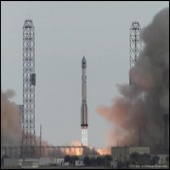ESA Science & Technology - News Archive
News archive
News archive
Published: 28 October 2002
Published: 28 October 2002
Published: 27 October 2002
Published: 24 October 2002
Published: 24 October 2002
Published: 21 October 2002
Published: 17 October 2002
Published: 16 October 2002
Published: 11 October 2002
Published: 11 October 2002
Published: 10 October 2002
Published: 8 October 2002
Published: 7 October 2002
Published: 2 October 2002
Published: 1 October 2002
Published: 26 September 2002
Published: 19 September 2002
Published: 18 September 2002
Published: 13 September 2002
Published: 12 September 2002
—
20 Items per Page


















